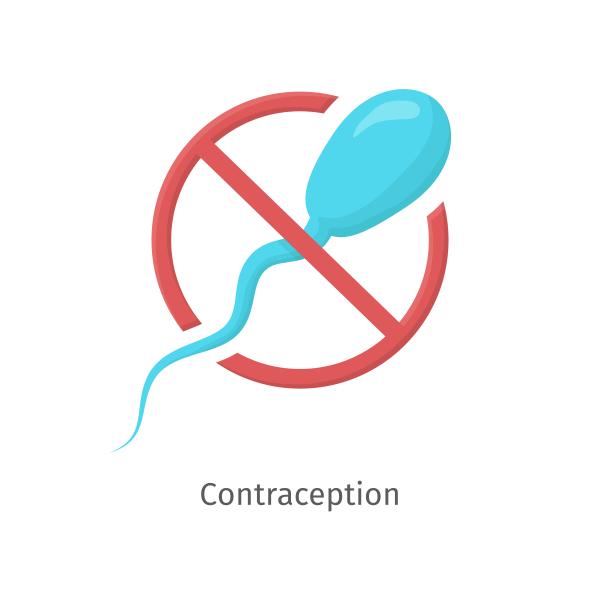The US House of Representatives, in its quest to "repeal and replace" the Affordable Care Act (aka Obamacare), has included in its effort a proposal to "defund" Planned Parenthood. What does this mean, and who will be affected and how?
First of all, understand that any federal funding that goes to Planned Parenthood is via Medicaid or Title X. There is no budget line that specifically grants Planned Parenthood a certain amount of money. Title X is the federal family planning program that makes grants to a variety of providers of family planning services. This includes two hospital-based clinics, free-standing clinics, 24 health departments as well as 15 Planned Parenthood affiliates. According to its website, "Title X is the only federal grant program dedicated solely to providing individuals with comprehensive family planning and related preventive health services. The Title X program is designed to provide access to contraceptive services, supplies and information to all who want and need them. By law, priority is given to persons from low- income families."
Medicaid is the joint federal/state program that "together with the Children’s Health Insurance Program, provides health coverage to over 72.5 million Americans, including children, pregnant women, parents, seniors and individuals with disabilities. Medicaid is the single largest source of health coverage in the United States."
Thus, these programs — Title X and Medicaid — are the major public sources of government family planning funding in the United States.
How can federal money be used?
These funds are used for the provision of contraceptives, testing for sexually-transmitted diseases and treatments for them, as well as pregnancy-related checkups and care. So the only way Planned Parenthood can be "defunded" would be to eliminate Title X and Medicaid reimbursements to Planned Parenthood. This could have alarming effects on women's health care — especially those low income women who depend on such programs for reproductive care.
According to the Guttmacher Institute, there are over 60 million women in the US who are between the ages of 15 and 44 — the prime childbearing years. And nearly all of these women who have been sexually active have relied on some form of contraception to prevent unwanted pregnancies. In 2014 it's estimated by the Institute that about 20 million of these women needed publicly funded contraceptive services either because their income was less than 250 percent of the Federal poverty level, or they were under 20 years old (and for reasons of confidentiality were unable to use private insurance or family resources). Such publicly funded services helped avoid nearly two million unwanted pregnancies, which if they had occurred, would likely have caused 900,000 unplanned births and 700,000 abortions.
A safety-net health center that provides contraceptive services is a site that offers contraceptive services to the general public and uses public funds, including Medicaid [and Title X], to provide free or reduced-fee services to at least some clients. Between 2000 and 2014, the number of poor and low-income women who needed publicly-funded contraceptive care rose from 16.1 to 20.2 million. However, the extent to which publicly-funded institutions met those needs declined over the same period:
Again, from the Guttmacher Institute:
"Between 2001 and 2014, the overall proportion of need met by all publicly funded providers fell by 10 percentage points, from 49% to 39%, largely because of the rising numbers of women needing publicly supported care and the fact that the number of women cared for by publicly funded providers did not keep pace with the increasing need."
Why did this decline occur? A variety of factors are likely responsible — clinic closures, decreased government budgets, more use of long-acting reversible contraceptive (e.g. the IUD and hormonal implant) may all have had an impact. But one thing is clear, reducing the number of sources that poor women can access for reproductive health care is unlikely to turn this trend around. And dis-allowing the use of Medicaid and Title X funds by Planned Parenthood and its affiliates will not be helpful in either decreasing the number of unwanted pregnancies or the number of sexually-transmitted diseases among the American population.




